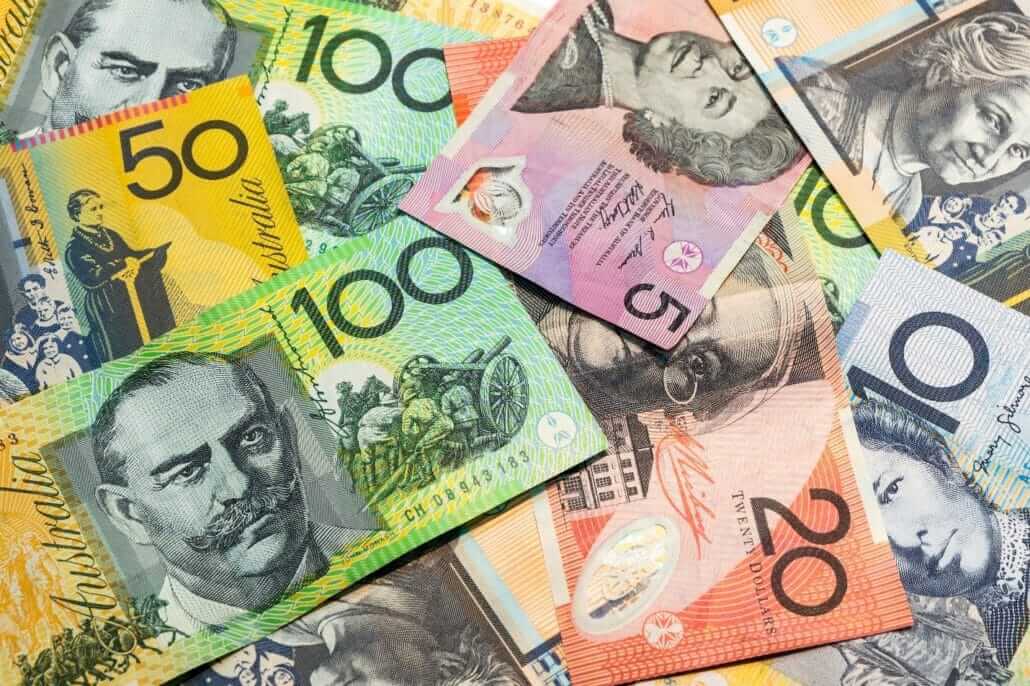
AUD/USD Exchange Rate: Australian Dollar Faces Pressure
The Australian dollar continues to experience a downward trend against the US dollar, driven by the fundamental divergence between the two regions. Yesterday’s release of robust US GDP and durable goods orders figures provided a boost to the greenback, while this morning’s disappointing Australian retail sales data extended the AUD exchange rate.
Investors are keeping a close eye on the upcoming release of the US core PCE price index, which is the Federal Reserve’s preferred measure of inflation. Analysts are expecting estimates to decline, which could offset any hawkishness from yesterday’s data and ease concerns about stagflation. The strength of the US dollar remains prominent, while the euro faces downward pressure as the European Central Bank (ECB) refrains from providing explicit forward guidance about future moves.
AUD/USD Forecast: US Dollar Strength Pushes Pair Towards Key Support Area
The AUD/USD pair has experienced significant volatility, with the US dollar rally triggering a sharp reversal in rate action. The pair, after reaching weekly highs above 0.6800, took a steep dive towards the 0.6700 level. The upbeat economic data is quite literally underscoring the US dollar’s strength. It is suggesting that the economy remains robust despite the Federal Reserve’s ongoing monetary policy.
Meanwhile, Australia is getting ready to release its Q2 Producer Price Index (PPI) today. The market is expecting a decline from 5.2% to 3.9%. This potential slowdown in inflationary pressures could be welcome news for the Reserve Bank of Australia (RBA). The organizations are planning to hold the meeting next week. However, the prevailing trend in AUD/USD is heavily influenced by the US dollar’s ongoing rate.
The AUD/USD rate has not only faced rejection above 0.6800 but has also broken key support levels and fallen below the 20-day Simple Moving Average (SMA). The 0.6685-0.6700 zone holds strong support, containing horizontal levels, the 55, 100, and 200-SMAs, as well as an uptrend line. A consolidation below this area could leave the pair vulnerable, potentially exposing the July low near 0.6600.
Technical Indicators Signal Potential Decline Below 0.6680
On the 4-hour chart, technical indicators lean towards a bearish bias, although they have not yet reached oversold territory. The price remains below key SMAs and is testing levels under 0.6720. The next significant support may show up at 0.6695 right before reaching 0.6670. On the upside, immediate resistance is observed at 0.6730, with the 0.6760 level acting as another hurdle. A recovery above 0.6760 could ease bearish pressure and signal a potential move towards the 0.6795-0.6800 region. Besides, that would play as the psychological mark and the high of July 25.
It is important to note that the Relative Strength Index (RSI) is in an oversold condition, and the Moving Average Convergence Divergence (MACD) stands in bearish territory, hinting at a further downside for the AUD/USD rate in the short term.
A series of economic data releases influenced the AUD/USD pair’s exchange rate. Moreover, the US dollar’s performance in the coming days will determine the fate of the pair. Market participants looking to convert AUD to USD should closely monitor how economic indicators affect the pair’s movement, providing insights into the strength and direction of both currencies.




